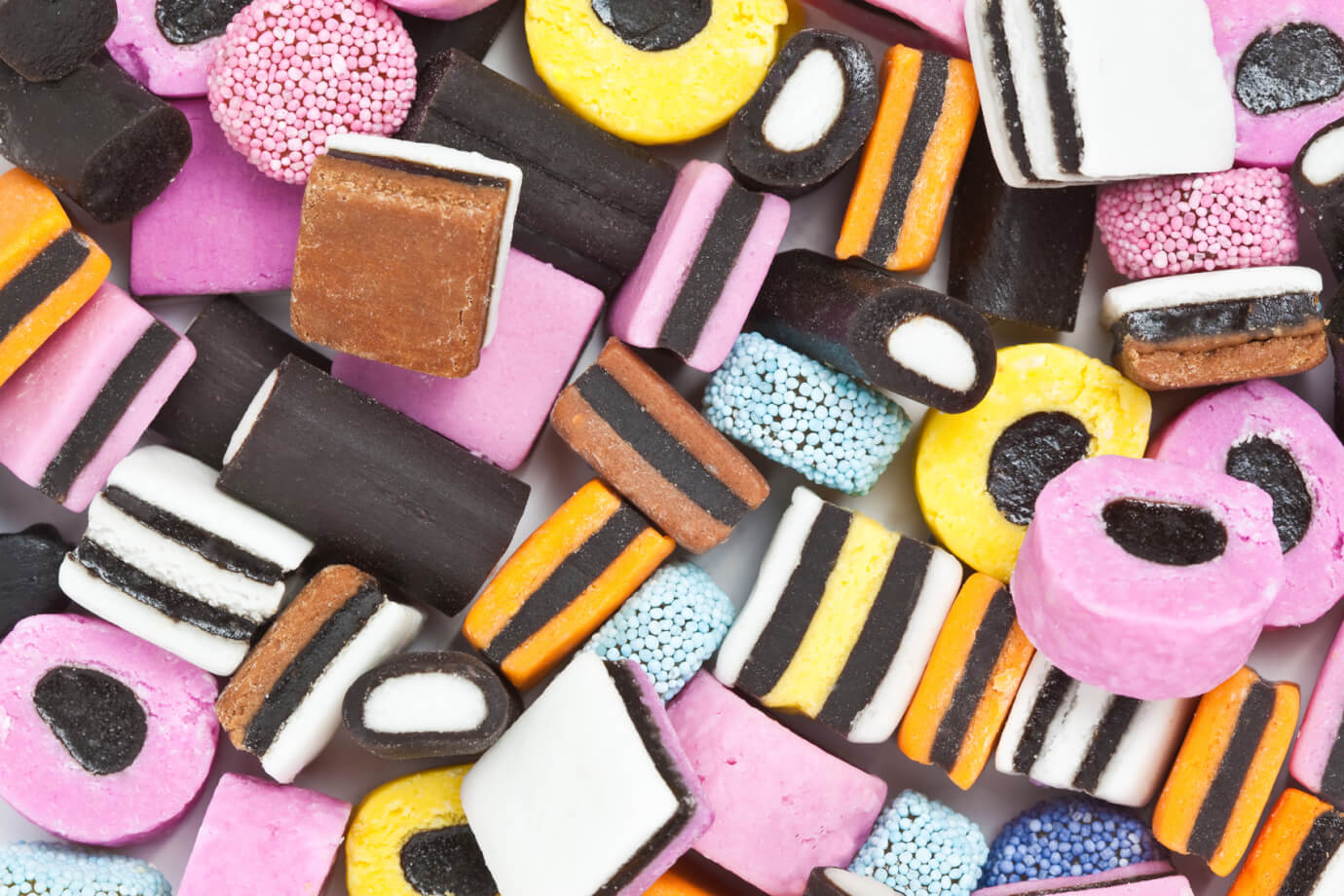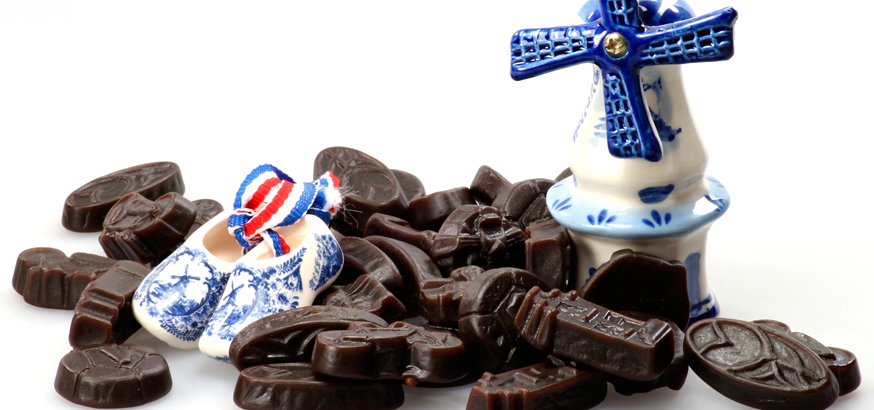A visit to the Netherlands wouldn’t be complete without sampling some traditional Dutch food. Along with stroopwafels and poffertjes, Dutch licorice (or drop, as the locals say) is 1 of the most-loved sweet Dutch snacks around. While it’s certainly not exclusive to the Netherlands – Scandinavian countries are also fond of the dark stuff – there’s little doubt that the Dutch love their drop.
Easy traveling across The Netherlands
Click here to buy a Holland Travel Ticket.
The deal with drop
The Dutch word for the aniseed-flavored candy is drop. And the Dutch love it so much, that they consume more than four pounds of it a year, each. This makes them the world’s largest consumers of licorice per capita. So when it comes to this particular Dutch sweet, what can you expect? Dutch licorice (or Dutch liquorice, if you’re visiting from the UK) comes in many forms. Unlike the spiral shapes most often found in the US, Dutch licorice is often much simpler - in squares, diamonds and sometimes coins. When it comes to taste and texture, there are four main types of the Dutch candy: sweet and soft, salty and soft, sweet and hard, and salty and hard.
Where to sample Dutch licorice
You can find walls of licorice in any Dutch supermarket, Hema (the Dutch equivalent of Target), or specialty candy stores. In the Netherlands, you’ll even find drop in the drugstore (or apotheek) – thanks to aniseed’s many apparent medicinal properties. For a truly authentic experience, make your way to Het Oud-Hollandsch Snoepwinkeltje (The Old Dutch Candy Shop). Set on a picturesque canal in the middle of Amsterdam, the traditional candy store is a short walk from the Anne Frank Museum. Here, you’ll find drop not in regular supermarket packaging, but in big glass jars, where you can buy it by the gram. If your preference is for salty flavors, give dubbel zout (double-salted drop) a try. If you want something with a novelty factor, katjes (cat-shaped drop) is for you. You’ll also find honingdrop (honey flavor), griotten (a square of soft licorice that looks like a sugar cube) and even salmiak (the classic salty Dutch licorice). Any trip to the Netherlands isn’t complete without trying typical Dutch food, and if you’re a sweet-lover, then you can’t ignore Dutch licorice.



